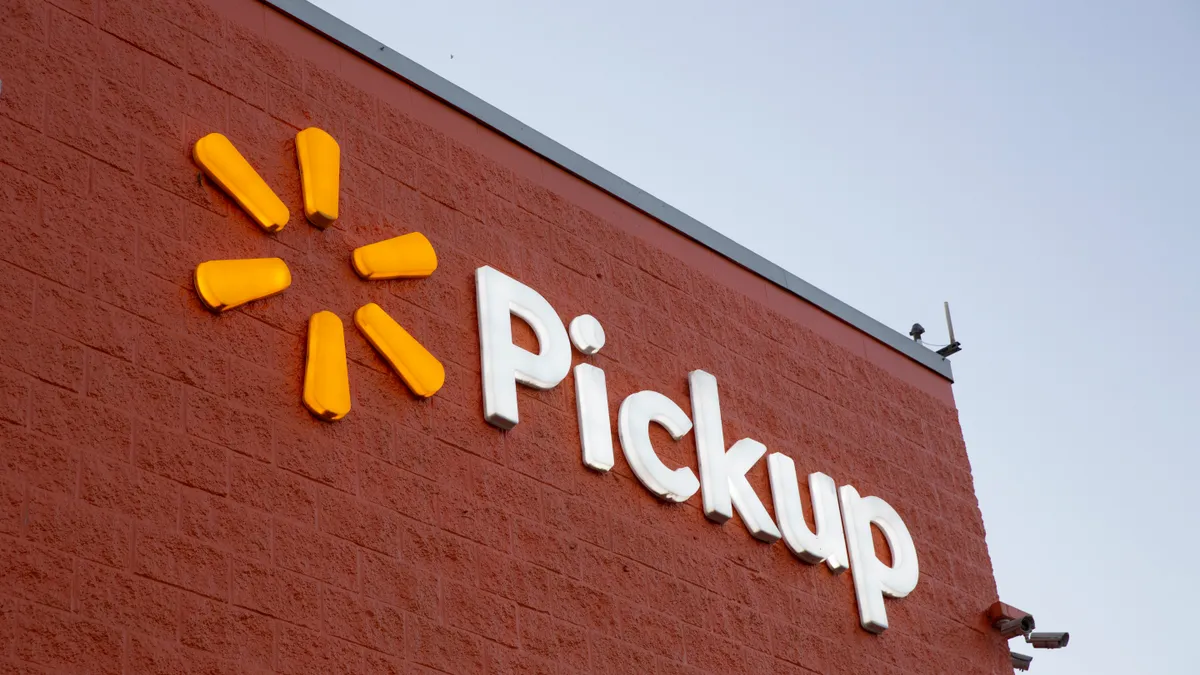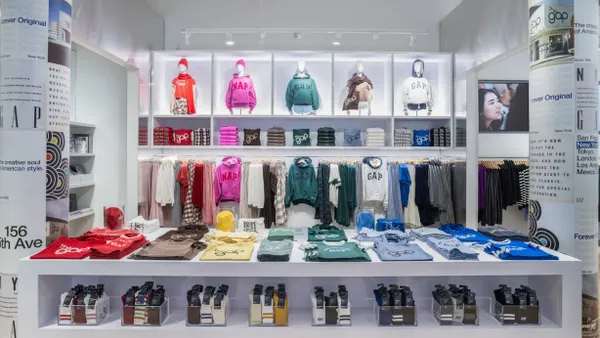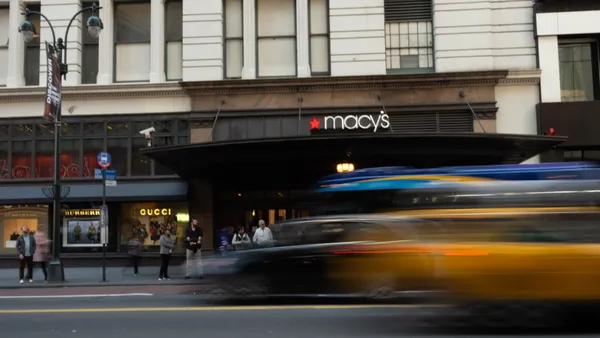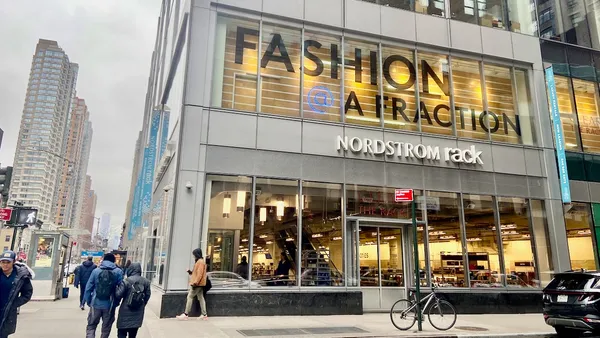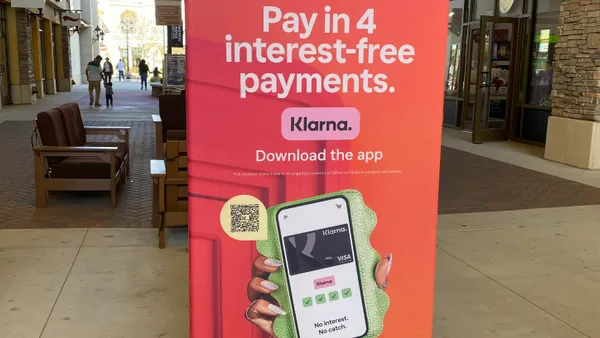As December winds down and with major shippers' Dec. 15 cutoff for their ground services already passed, Amazon and Walmart are touting holiday purchase options that seem to be cutting things close.
In an email on Wednesday, Amazon said that Prime members can opt for one-day delivery on eligible items as late as Dec. 23, or, in some areas, same-day delivery on Christmas Eve, on orders $35 or above. The e-commerce giant's stores are also open Dec. 24, with hours varying by location.
Prime's well-known two-day shipping perk has been less reliable this year as even Amazon grappled with pandemic-related supply chain snafus. An investigation by NewsCenter 5 in Boston last month found that many items tagged as "Prime," which usually indicates free two- or one-day shipping, took much longer to arrive. CFO Brian Olsavsky this year has been circumspect about when the e-commerce giant's much-touted one-day Prime shipping, introduced to great fanfare over a year ago, would resume, citing ongoing pandemic-related logistics challenges. Still, in a year when most retailers lagged behind their previous shipping speeds, Amazon Prime was among the fastest and most reliable retailers, according to an Accenture report this month.
Walmart is being somewhat more conservative, letting customers know in a company blog post Tuesday that they should order by 2 p.m. local time on Dec. 19 for free two-day delivery, by that time Dec. 21 for free next-day delivery or by 4 p.m. Dec. 23 for in-store pickup on Dec. 24. In some areas, same-day delivery is available for orders placed by 1 p.m. local time on Christmas Eve day. Notably, while Walmart's pickup and delivery options require a $35 minimum order (as does Amazon's same-day delivery service, even for Prime members), the retail giant doesn't require the $119 fee Prime members pay each year.
With online sales skyrocketing this year, including for the holidays, retailers successfully shifted demand into October. That may have helped boost some retailers during the third quarter, and by the same token robbed November and the Black Friday weekend of some sales.
Nevertheless, 79% of U.S. consumers this year still had shopping to do with two weeks left before Christmas, according to a survey of 40,000 from buy now, pay later company Klarna. Nearly two-thirds of those procrastinators plan to get things done at physical stores, despite the restrictions (and for some people, health concerns) brought on by the pandemic, according to the emailed report.
For many of those shoppers, stores will be the answer, even for online orders. Just over half of U.S. holiday shoppers are concerned about timely holiday fulfillment, according to marketplace platform Feedvisor. The solution lies within a bigger BOPIS infracstructure this year thanks to the pandemic, as those services have launched or expanded at retailers of all sizes, spiking 75% year over year, according to 1010data. That research found that BOPIS growth at Walmart and Target has outpaced even their robust online sales growth.
That puts Amazon at something of a disadvantage in the waning days of the holiday season, considering it has fewer than 600 stores (including its Whole Foods grocery stores), against more than 4,700 U.S. Walmart locations and almost 1,900 Target locations. Target, in fact, has gained more traction than Walmart with its BOPIS operations, according to an emailed analysis of more than 674 million location data points for November from Gravy Analytics.
In its own blog post Monday, Target, which offers curbside and in-store pickup or same-day delivery via Shipt, gave no cutoffs for orders beyond its usual caveats regarding availability. Most of its stores are open until 8 p.m. Christmas Eve.



